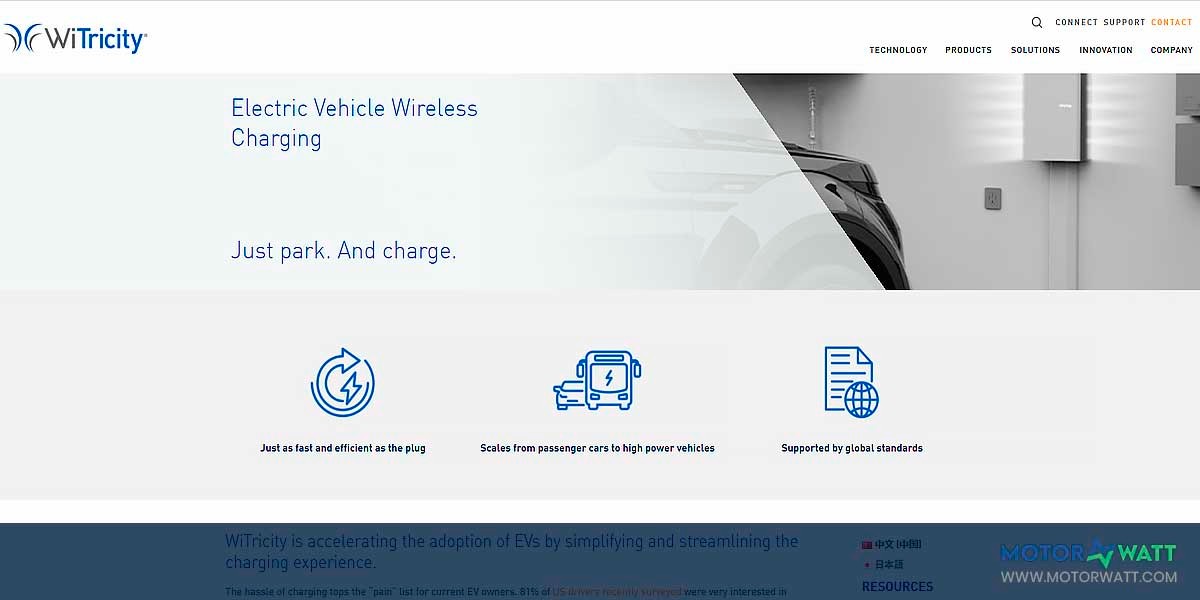Witricity Company Description
Wireless EV Charging Technology Explained
At the core of WiTricity’s genius is high-resonance wireless power transmission. Picture this: two devices tuned like a pair of vintage radios, beaming power back and forth without so much as a wire in sight. It’s not some sci-fi daydream—it’s physics, fine-tuned. And yeah, they once lit a 60-watt bulb from more than two bat lengths away, no plug in sight. That’s the kind of sorcery that turns heads in the EV world. Their proprietary tech uses magnetic resonance to send energy through the air, meaning you just park your EV over a pad, and boom—it's charging. No more wrestling with frozen cords in winter or dodging cables on the garage floor.
MIT Patents Behind WiTricity’s Wireless Power
Their not-so-secret weapon? A cache of intellectual property fresh from the labs at MIT. We're talking exclusive rights to the very patents that birthed this wireless power miracle. Led by Professor Marin Soljačić, the team turned theory into practice back in 2007, and WiTricity hasn’t looked back. With a patent portfolio strong enough to make the competition blink, they’re shaping the EV charging space from behind the curtain. You don’t just get a product—you get access to a fortress of innovation that’s built on real science and tested performance.
WiTricity EV Charging Stations Manufacturer Role
Charging stations are no longer slabs with dangling cords. WiTricity envisions a future where an EV charges just by pulling into its space. Their technology is already being eyed by global automakers and infrastructure companies looking to future-proof their offerings. No cables, no wear-and-tear, and no user error. It’s clean, contactless, and low-maintenance. They’re not just a charging station manufacturer; they’re reshaping what that term even means. And for city planners or commercial lot operators, that means simpler installations and more seamless user experiences. Think airport drop-off zones and valet stations with no plug hassles—just park and power up.
Consumer Electronics and the WiTricity Effect
Cars aren’t the only beneficiaries of this power trickery. WiTricity is turning its sights toward your cluttered nightstand, too. Phones, laptops, wearables—why should they stay shackled to a nest of USB cords? Their wireless systems for consumer electronics aim to bring the same hands-free energy transfer to the gadgets we use daily. We’re talking about a future where multiple devices sip juice invisibly from a countertop charging surface, no ports, no cables. For the tech-obsessed and the cable-averse, that’s pure gold.
High-Resonance Charging’s Competitive Edge
Unlike old-school inductive systems that need devices practically hugging the charger, WiTricity’s high-resonance method works over greater distances and with better alignment tolerance. That’s a fancy way of saying you don’t have to line things up like a lunar landing to make it work. This edge means more convenience and fewer failed charging attempts. And in a world where every second counts, convenience sells. Automakers are catching on—expect to see partnerships blossom as OEMs integrate WiTricity into next-gen EV platforms.
Electric Vehicle Wireless Charging Beyond 2025
WiTricity is less of a product company and more of an energy philosophy. Their long view includes electrified roads where cars charge while moving, kitchen counters that fuel appliances without plugs, and homes with built-in power zones. It's an electric dream underpinned by real tech. And while others are still wrestling with plug-in infrastructure, WiTricity is moving ahead with a cable-free vision that’s cleaner, faster, and—let’s be honest—way cooler. By 2025 and beyond, wireless EV charging might not just be an option—it might be the default.
View all Products Produced by "Witricity"
(where we publish the EV description and EV specs for each model)



